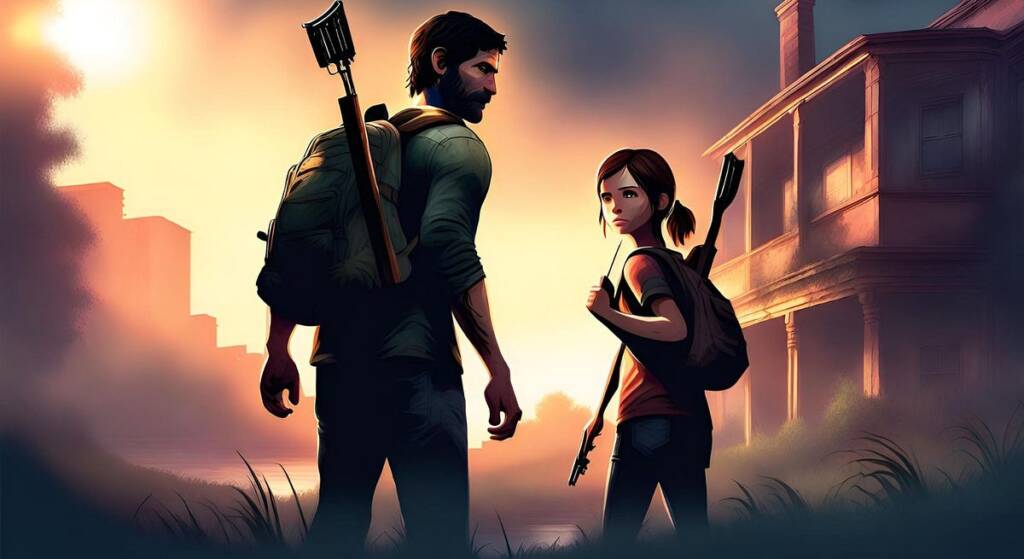
Multiplayer gaming has come a long way from simple couch co-op experiences to the massive online communities and global competitions we see today. What was once a local affair, enjoyed by friends on the same screen, has grown into an international phenomenon, with millions of players engaging in real-time across various platforms. The evolution of multiplayer gaming has not only transformed how we play but has also built communities, shaped gaming culture, and redefined competition. Let’s explore the journey of multiplayer gaming and its impact on the industry.
The Golden Era of Couch Co-Op: Local Multiplayer Origins
In the early days of video games, multiplayer meant sitting next to your friend with a controller in hand, sharing the same screen, and competing or cooperating in real time. Classic games like Mario Kart, Street Fighter, and GoldenEye 007 popularized local multiplayer gameplay, known as couch co-op. This format fostered face-to-face interaction and friendly rivalry, making gaming a social event. The simplicity and immediacy of playing together in the same room built strong player bonds and created some of the most memorable gaming moments.
The Rise of LAN Parties: A Step Toward Global Multiplayer
As technology advanced in the 90s, multiplayer gaming shifted from local split-screen to Local Area Network (LAN) play. LAN parties, where players would bring their computers or consoles to a single location and connect them via network cables, became a major trend in gaming culture. Games like StarCraft and Counter-Strike thrived in these environments, giving players the thrill of competing with others on separate screens, but still in the same physical space. LAN parties were a precursor to the global multiplayer experiences we have today, where gamers could engage with each other in more complex, strategic ways.
The Internet Revolution: Online Multiplayer Goes Mainstream
The advent of the internet marked a major turning point in multiplayer gaming. No longer restricted to local connections, gamers could now play with or against others from around the world. Early online games like Quake and Ultima Online paved the way for a new era of multiplayer experiences. Massively multiplayer online games (MMOs) like World of Warcraft and Runescape became global phenomena, with millions of players interacting in persistent virtual worlds. Online gaming transformed multiplayer from a small-group activity into a massive, connected experience where communities formed, guilds were created, and players could engage in both competitive and cooperative gameplay with strangers and friends alike.
Esports and the Professionalization of Multiplayer Games
With the rise of online multiplayer, competitive gaming also found its footing. Esports, or organized competitive gaming, has grown into a billion-dollar industry, with professional players, teams, sponsorships, and massive tournaments. Games like League of Legends, Dota 2, and Counter-Strike: Global Offensive have become staples in the esports world, attracting millions of viewers and offering huge prize pools. The professionalization of multiplayer games has elevated the status of gaming from a hobby to a career for many, and esports has cemented itself as a legitimate form of entertainment alongside traditional sports.
The Future of Multiplayer Gaming: Cross-Platform Play and the Metaverse
The future of multiplayer gaming is likely to see even greater integration and innovation. Cross-platform play, where players can compete or cooperate regardless of the device they are using (e.g., console, PC, or mobile), is becoming more common, breaking down barriers between gaming communities. Meanwhile, emerging technologies such as virtual reality (VR) and augmented reality (AR) are paving the way for more immersive multiplayer experiences. The concept of the “metaverse,” where persistent online worlds exist for players to live, work, and socialize, may also become the next evolution in multiplayer gaming. These advancements promise to further revolutionize how players connect and compete.


